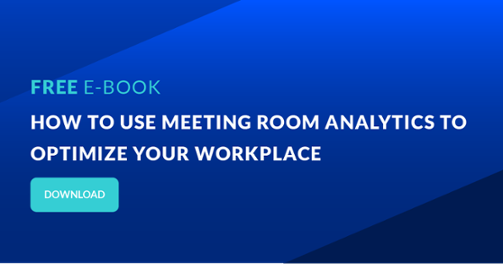When you hear the words “modern office”, what do you think? Many people start talking about open concepts, ample natural lighting, and contemporary furniture. That is all true. But today’s modern office is much more than the physical environment. Intelligent technologies are changing the way employees interact with and work within their offices. The modern office is a smart office.
Why go smart?
An investment into smart technologies is an investment in the office as a whole – both the way employees work and in the spaces themselves. The right tools that are intuitive and communicative will streamline workflows and remove non-strategic tasks from To-Do lists. Employees gain more time to focus on what is important.
Smart office technology is also designed to improve the overall environment by making offices more energy efficient, more secure, and more comfortable.
They also help companies make better decisions about the spaces that are available to employees. Smart technologies produce and store data on usage and occupancy that is valuable when determining how to improve the use of existing space or deciding when to scale up or down.
As you look forward, it is important to determine which technologies will impact your office the most. How do you envision your employees interacting with technology? What are your goals for ROI, increasing efficiency, and creating a safer, more comfortable environment for everyone who walks through your doors?
6 smart office technologies for your workplace
IoT sensors
The cornerstone of most smart office technologies is the use of Internet of Things (IoT) sensors. These sensors are indoor motion-detecting devices that use infrared, ultrasonic, microwave, or similar technology to detect occupancy. They collect data and communicate with other platforms to analyze and provide insight into office usage, making them an integral component of an office’s IoT technology strategy. They will improve employee productivity; without them, you can not have many of the smart features I will mention below.
All of these smart features have the potential for connectivity to a single user dashboard that collects, stores, and analyzes usage data of nearly every element of the intelligent office. IoT sensors help control everything from an office’s smart lighting and temperature control to the intelligent coffee maker to ensure a fresh brew is always waiting for you.
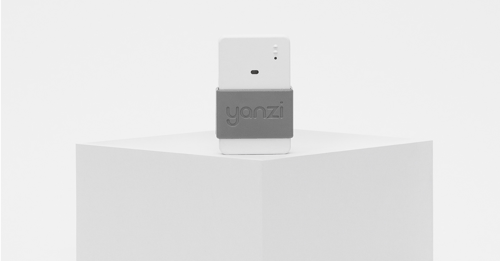
Smart lighting
Smart lighting is often the first step that companies take when modernizing their office environment. That’s because smart lighting has the potential to reduce energy costs by 90 percent, according to Gartner. Smart lighting consists of five key features: LED lighting, IoT sensors and controls, connectivity, analytics, and intelligence.
IoT sensors detect motion in a room and turn the lights on or off accordingly. Lighting luminance controls also automatically adjust the lighting levels relative to the level of daylight available within spaces. The next generation of smart lighting is fully connected and puts even more control into the hands of users who can turn lights off and on, control the lighting intensity, and even adjust lighting color from their smartphones.
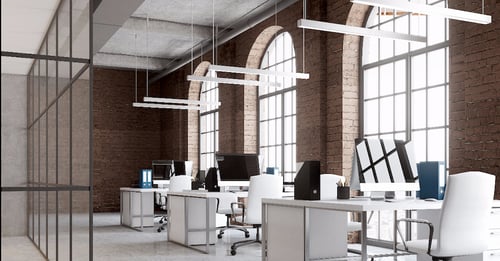
Intelligent climate control
The battle of the office thermostat goes far back. You will probably never get all of your employees to agree on a temperature range that works for everyone, but you can come close with intelligent climate control.
Smart HVAC systems intelligently detect usage patterns within the office and automatically regulate temperature accordingly. This increases the system’s efficiency and reduces the carbon footprint while (hopefully) increasing employee comfort.
Some intelligent climate control systems go even further than IoT sensor-controlled temperature by giving some control back to the employees who are actually working in the spaces. That is because it is been proven that an office’s temperature can have significant impact on employee productivity and morale. But what it optimal working temperature for one is not necessarily optimal working temperature for all.
To solve this problem, systems such as Comfy integrate with an office’s HVAC system and allow employees to make temperature adjustment requests from their smartphones or desktop. The blast of warm or cool air is limited to 10 minutes, and each request is visible to others in the temperature zone, which encourages communication and compromise.
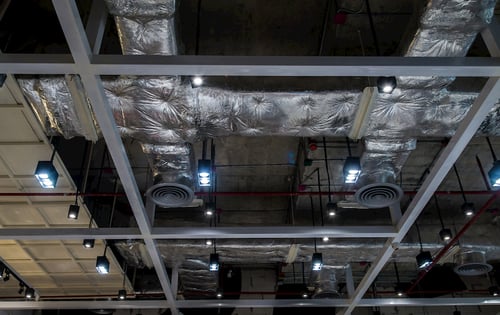
Smart conference rooms
The intelligent conference room combines a number of smart features to streamline and improve the meeting process for employees. A meeting management platform monitors the usage of shared office spaces such as conference rooms, hot desks, phone booths, and huddle spaces. It speeds the booking process of these spaces by cataloging each room in an online booking system, which lets users search for and reserve spaces based on size, occupancy, and room features.
Users can find and book a room in just a few clicks, then order any necessary add-ons such as catering or A/V equipment from the same platform. A meeting management system also handles reservations and alerts meeting attendees and administrators of any changes in time, location, or cancellations.
Intelligent screens outside of each conference room display who is currently using the room, who has an upcoming reservation, for what purpose, and for how long. This prevents the common office discourtesies of room sharking, room hogging, unintended meeting interruptions, and other office faux pas. Smart conference rooms also record and analyze their usage data, which helps companies understand how employees work best and enables them to better support workers by providing the spaces and utilities they need most.
A comprehensive meeting management system will even incorporate intelligent visitor management by automating the visitor check-in process and providing the directions and support visitors need to find their way to the reserved conference room.
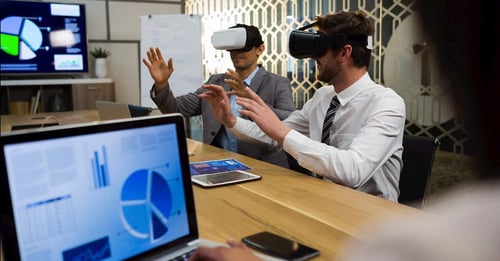
Smart desks
Smart desks are the siblings of the smart conference room. Similar to the intelligent conference room, smart desks are searchable and reservable via an online booking platform. This is a must-have for offices with desk sharing, hot desking, and desk hotelling. Not only does a smart desk booking system help employees find an open desk for the day, but it keeps track of who has reserved each space, so employees who are in the building can be easily track down colleagues (or not, depending on their privacy mode).
Some versions of the smart desk also offer sitting or standing desk options and can store each user’s individual setup-preferences. Each desk’s analytics break down users’ sitting and standing data and lets workers benchmark their standing activity against themselves or other employees. Sensor data also provides useful insight for managers to understand utilization and daily traffic flow.

Video monitoring
The home security camera with new and evolving technologies such as Ring and SkyBell has been very popular. We expect to see the same pervasive use of camera technology in the office environment. Video monitoring adds a level of security to the office. It also helps facilities managers and administrators collect data to analyze how office spaces are being utilized.
Modern video monitors have revolutionized office security with their advanced features and capabilities. With a wide-angle view, these monitors can capture a larger area, ensuring that there are no blind spots in the office. This provides comprehensive coverage and enhances the overall security of the workspace.
In addition to their wide-angle view, modern video monitors also have impressive low-light capabilities. This means that even in dimly lit areas or during nighttime, the monitors can still capture clear and detailed footage. This is especially beneficial for offices that operate 24/7 or have areas with limited lighting.
To ensure data storage and accessibility, images captured by the video monitors are usually stored in the cloud. This cloud storage enables easy retrieval and downloading of footage whenever needed. Users can search for specific footage by date and time, making it a simple task to review past events or incidents.
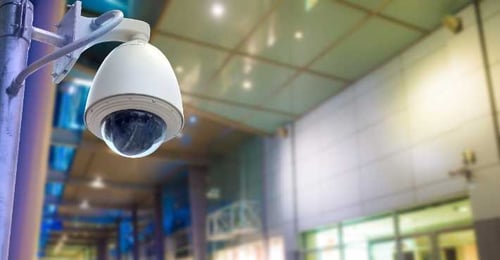
The evolving modern office
The modern office is always evolving. As new technologies emerge designed to make our lives easier, safer, and more comfortable, it won’t be long until those tools become regular office fixtures. Can you imagine working in an office without A/C or email? We will soon be saying the same about intelligent conference room systems and smart coffee machines.
Make sure your modern office moves towards becoming a smart office. Start by reading our free E-Book on how to optimize your workplace with meeting room analytics.
Conclusion - navigating the smart office of tomorrow
In redefining the modern office, the integration of intelligent technologies marks a paradigm shift. It's not just about aesthetics but about fostering a dynamic, responsive workspace. Smart offices, powered by IoT sensors, smart lighting, climate control, conference rooms, desks, and video monitoring, are reshaping how we work, collaborate, and secure our workspaces.
As the workplace continues to evolve, these technologies become not just tools but integral components defining the future of work. The smart office is not a fleeting trend; it's a strategic investment in efficiency, security, and employee well-being. Tomorrow's workspace will be inconceivable without these innovations, as we stride toward a future where intelligence and connectivity define the modern office.



.jpg?width=300&name=pexels-cadeau-maestro-1170412%20(1).jpg)
